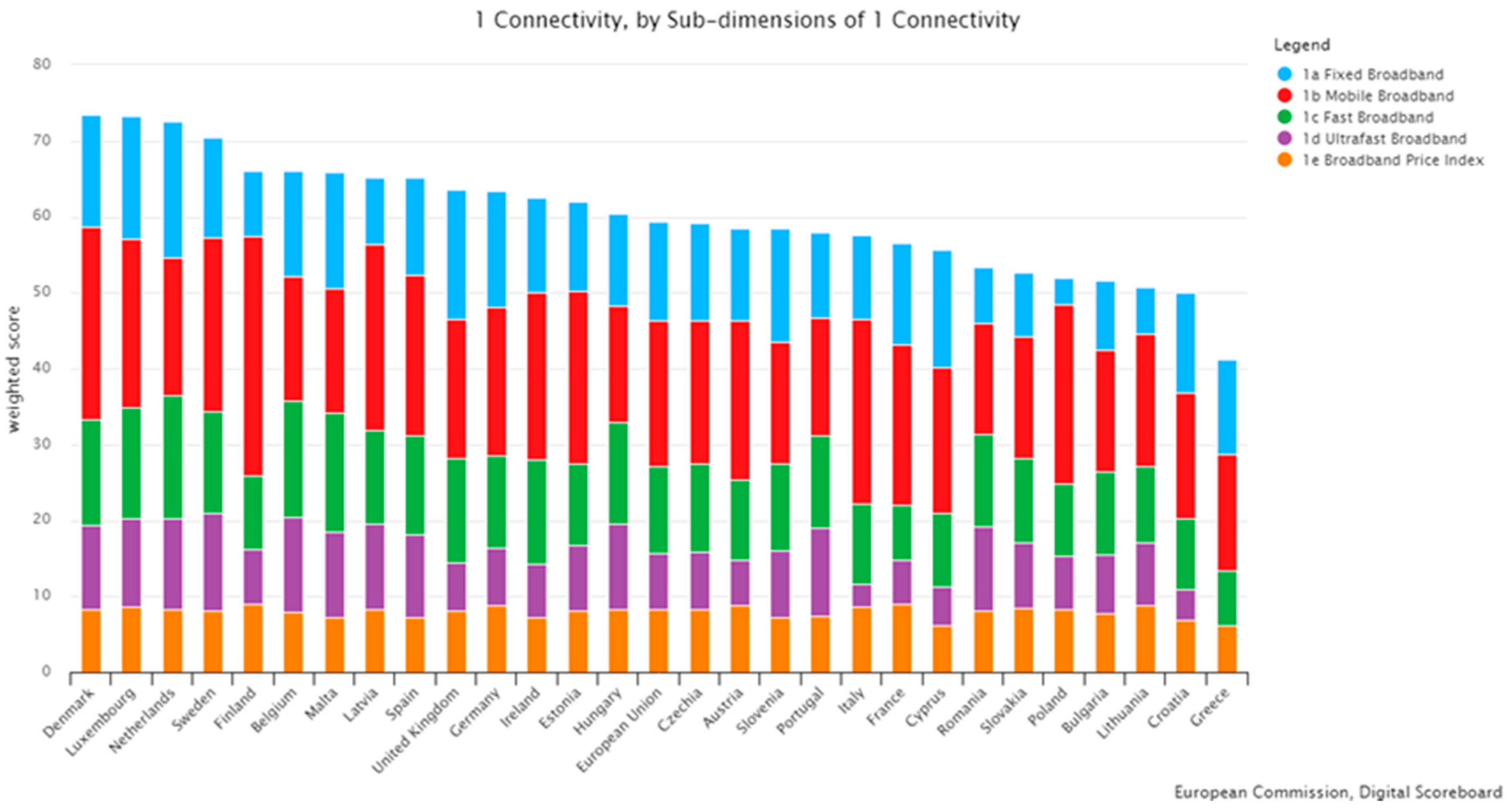
Milton Friedman was debunking the idea of a stable trade-off between unemployment and inflation There was a massive break in the path of our economy -and the problem was even worse for Europe. Once the recession started growth downshifted, and we continue to follow a low growth path. Indeed, we never really recovered from the Great Recession. Yet our economy since the Great Recession does not appear to shifted back toward any kind of “natural” path of steady growth. The best we can do for unemployment, therefore, is to ease fluctuations around this natural path.Īnd it follows that this is true more broadly about growth: There is a built-in rate of growth, given certain inputs like technology and educational levels, that policymakers can’t push beyond without generating increasing inflation, and that a well-functioning economy will settle on. Policy can’t get us below a certain level without inflation taking off.

The first is the idea that there is a natural rate of unemployment that a well-functioning economy gravitates toward. As Blanchard notes, the natural rate hypothesis actually consists of two interlocking propositions. This is what many people generally think the “natural rate” debate is about.īut the actual natural rate thesis is more complicated, and makes some claims about how economic growth should behave. And all kinds of economists incorporate this argument into their work. When there are fewer available workers, they can demand higher wages to take new jobs. Mike Konczal (Federal Reserve data)Īs unemployment drops, it is easy to infer that inflation would follow. As we can see, the Fed failed to predict that unemployment could go as low as it did. The blue line is the actual unemployment rate. The red line is the guess made four years earlier by the Fed as to what the long-run, natural rate of unemployment would be.
Here’s a chart of their guesses of the natural rate four years out and the actual unemployment rate that occurred. Every quarter, Fed economists predict unemployment over the next three years as well as the “long run” rate, the natural rate that unemployment would need to stay at in order to for inflation to be stable. Look, below, at the estimates of the natural rate of unemployment as predicted by Federal Reserve economists. Worse, when economists try to pick a “natural rate,” they err in the same direction every time - the direction that hurts workers. Actual data from the real-world economy keeps demonstrating that employment of lower than 5 percent, and now even lower than 4 percent, can persist without harm. When economists say it’s 5 or 6 percent, they are basically guessing. The first problem with this rate is that nobody can determine it with any accuracy. Yet after Great Recession, these sub rosa rumblings are starting to go public. Some economists have long grumbled about the idea of a natural rate of unemployment. It’s described to undergraduates - in Blanchard’s popular macroeconomics textbook, for instance - as “the rate of unemployment required to keep the inflation rate constant.” The term was coined in Milton Friedman’s famous 1968 presidential address to the American Economics Association, “The Role of Monetary Policy.” Increasing dissent on an issue once thought settled

Where did the idea of a “natural” rate of unemployment come from? The more technical term is “non-accelerating inflation rate of unemployment,” often rendered in shorthand as NAIRU. He argues that there’s enough evidence the economy can function well with much lower unemployment without inflation spiraling that the Federal Reserve should “keep an open mind” about whether the natural rate even exists.

One turning point may be a recent paper by Olivier Blanchard, the respected former chief economist of the International Monetary Fund. Yet there have always been dissenters, and more and more people are looking at this argument with a critical eye. The idea that there is a rate of unemployment, somewhere in the range of 5 to 6 percent, that’s essential in order for the economy to function smoothly - without rapidly overheating - has been broadly accepted by economists and economic commentators since the 1960s. As unemployment continues to fall, people wonder, how low could it go?Īnd what if it gets below the dreaded “natural rate of unemployment” that economists like to talk about? It has been 18 years since unemployment was under 4 percent. It was announced Friday that 164,000 new jobs were added in April, and the unemployment rate reached 3.9 percent. Another monthly jobs report, another growing chorus worried that we might be employing too many people and we should hold back the economy lest it overheats.


 0 kommentar(er)
0 kommentar(er)
